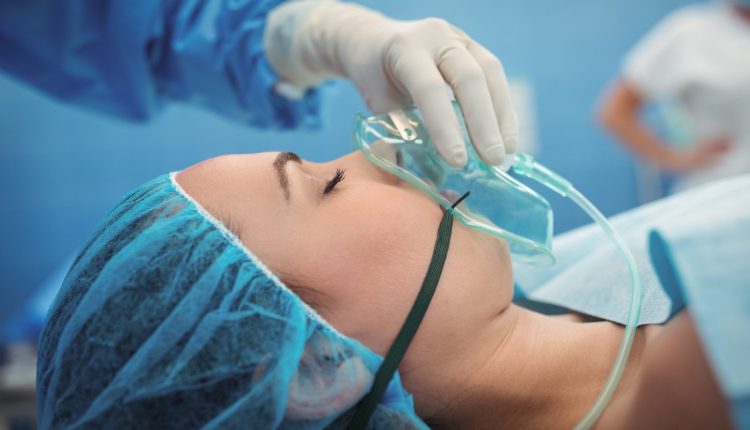
Углеводород менен уулануу: симптомдору, диагностикасы жана дарылоо
Углеводороддор менен уулануу жутуудан же дем алуудан келип чыгышы мүмкүн. 5 жашка чейинки балдар арасында көп кездешүүчү жутуу аспирациялык пневмонияга алып келиши мүмкүн.
Hydrocarbon poisoning: an overview
Inhalation, the most frequent route of exposure among adolescents, can cause ventricular fibrillation, usually without premonitory symptoms.
The diagnosis of pneumonia is made by clinical evaluation, chest X-ray and saturimetry.
Gastric emptying is contraindicated because of the risk of aspiration.
Treatment is supportive.
Ingestion of hydrocarbons, in the form of petroleum distillates (e.g. petrol, paraffin, mineral oil, lamp oil, thinners, etc.), causes minimal systemic effects, but may cause severe aspiration pneumonia.
The toxic potential depends mainly on the viscosity, measured in Saybolt universal seconds.
Low viscosity liquid hydrocarbons (SSU < 60), such as petrol and mineral oil, spread rapidly over a large surface area and are more likely to cause inhalation pneumonitis than hydrocarbons with universal Saybolt seconds > 60, such as tar.
If ingested in large quantities, low molecular weight hydrocarbons can be absorbed systemically and cause toxic effects in the central nervous system or liver, which is more likely with halogenated hydrocarbons (e.g. carbon tetrachloride, trichloroethylene).
Recreational inhalation of halogenated hydrocarbons (e.g., glue, paints, solvents, cleaning sprays, petrol, chlorofluorocarbons used as refrigerants or propellants in aerosols, see Volatile solvents), known as huffing, soaked cloth inhalation, or bagging, plastic bag inhalation, is common among adolescents.
They cause euphoria and changes in mental state and sensitise the heart to endogenous catecholamines.
Fatal ventricular arrhythmias may occur; these generally occur without premonitory signs or other warning signals and, above all, when patients are under stress (frightened or chased).
Chronic ingestion of toluene can cause long-term toxicity of the central nervous system, characterised by periventricular, occipital and thalamic destruction.
Symptomatology of hydrocarbon poisoning
In case of inhalation after ingestion of even a small amount of liquid hydrocarbons, patients initially present with coughing, choking sensation and кусуу.
Young children develop cyanosis, hold their breath and have a persistent cough.
Teenagers and adults report heartburn.
Inhalation pneumonia causes hypoxia and дем алуу кыйынчылыгы.
Signs and symptoms of pneumonia develop several hours before infiltrates are visible on X-ray.
Prolonged systemic absorption, particularly of halogenated hydrocarbons, causes lethargy, coma and convulsions.
Non-fatal pneumonia generally resolves within a week; usually in the case of ingestion of mineral oil or lamps, 5-6 weeks are required for resolution.
Arrhythmias usually occur before onset and are unlikely to recur after onset, unless patients are excessively agitated.
Diagnosis of hydrocarbon poisoning
Chest X-ray and saturation test performed about 6 h after ingestion.
If patients are too confused to provide a history, exposure to hydrocarbons should be suspected if breath or clothing has a characteristic odour or if a container is found nearby.
Paint residues on the hands or around the mouth may suggest recent paint sniffing.
The diagnosis of inhalation pneumonia is based on symptoms, chest X-ray and saturation tests, which are performed about 6 h after ingestion or earlier in case of severe symptoms.
If respiratory failure is suspected, haemogas analysis is performed.
Central nervous system toxicity is diagnosed by neurological examination and MRI.
Treatment of hydrocarbon poisoning
- Колдоо терапиясы
- Gastric emptying contraindicated
Removal of all contaminated clothing and thorough washing of skin with soap. (CAUTION: gastric emptying is contraindicated as it increases the risk of inhalation).
Charcoal is not recommended.
Patients who have not developed inhalation pneumonia or other symptoms are discharged after 4-6 hours.
Symptomatic patients are hospitalised and treated with supportive therapy; antibiotics and corticosteroids are not indicated.
Оку: Ошондой эле:
Уу козу карын уулануу: эмне кылуу керек? Уулануу өзүн кантип көрсөтөт?
Коргошун менен уулануу деген эмне?



